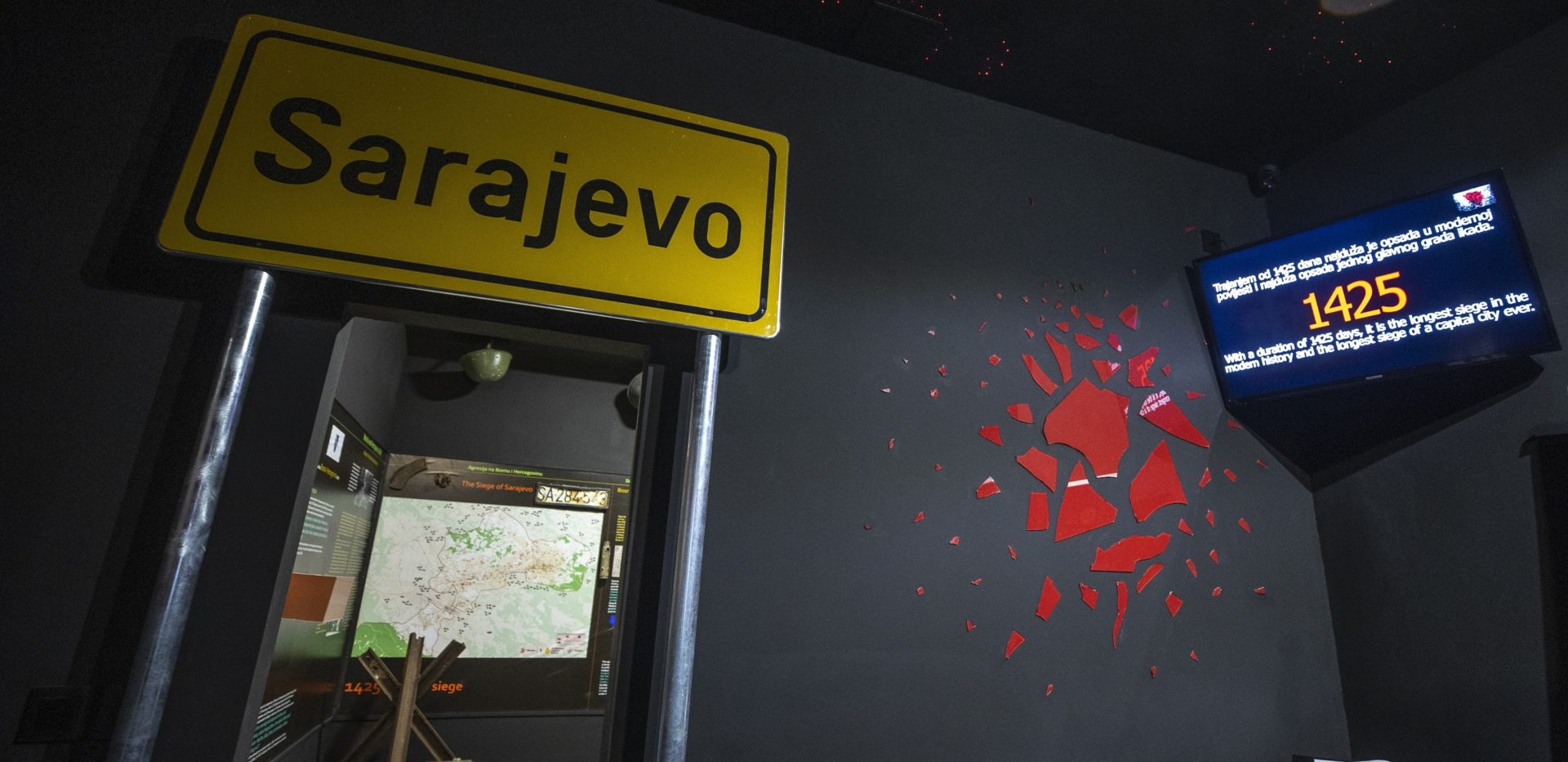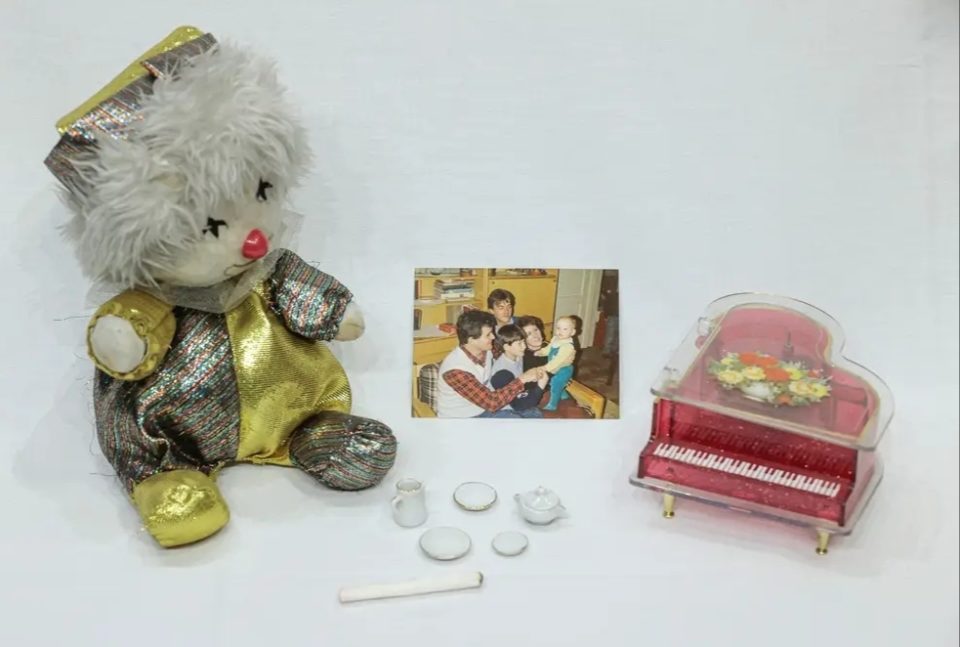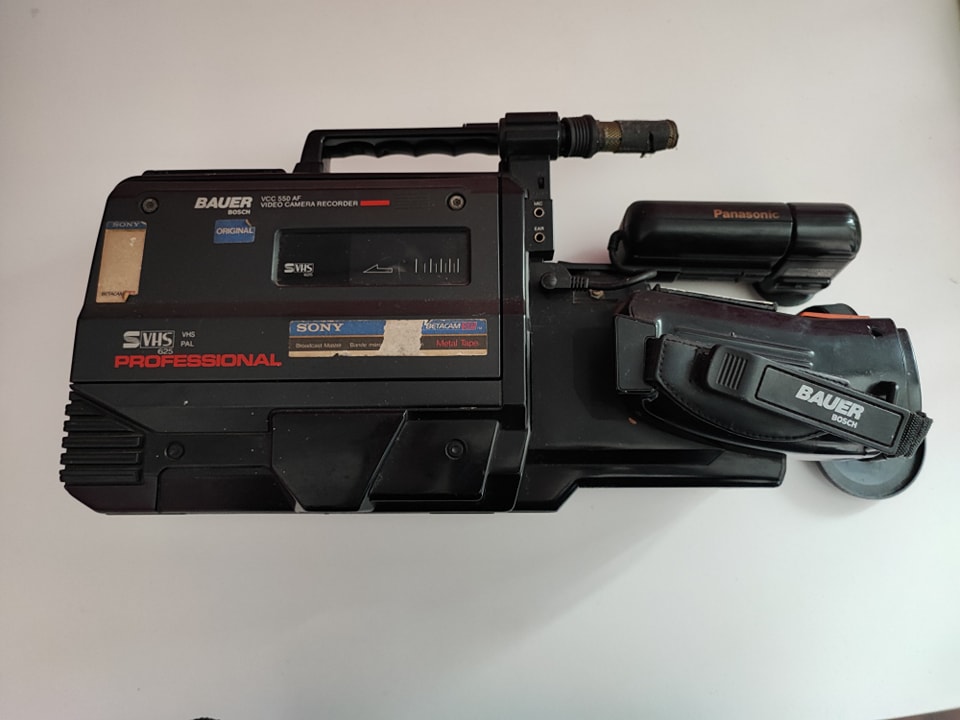
On the occasion of the 31st anniversary of the start of the Sarajevo siege, the longest siege of a capital city in modern history, the Siege of Sarajevo Museum was inaugurated. The Museum authentically portrays the everyday life of Sarajevo’s citizens who were terrorized as part of the shelling and sniping campaign orchestrated by the Bosnian Serb political and military establishment.
The founding of the Museum arose from the necessity to shed more light on the experiences of people living in wartime Sarajevo. It is located at Jelića Street no. 3, in close proximity to the Sacred Heart Cathedral.

Alen Leko, the manager of the Museum, emphasized that their objective was to comprehensively depict all aspects of life under siege, including the most basic elements of the daily struggle to survive.
Among the topics presented at the Museum, Leko listed, “Sarajevo’s Tunnel of Hope, education during the war, life in shelters, the work of the fire service, trams, the exchange of goods, the markets, going to get water, funeral workers, hospitals….”
He went on to explain that the majority of the Museum’s content focuses on personal stories of tragedy and day-to-day hardships in the besieged city. One such story is that of Azem Sućeska, who donated the camera he used to document the siege to the museum. This camera was once hit by shrapnel, thus miraculously sparing Azem’s life.
The Museum mainly showcases personal belongings of survivors, which they have collected through a variety of means and from different places.
Leko clarified, “The exhibits were obtained in various ways. We reached out to people involved in the aforementioned subjects. Additionally, we talked to people from the community, in shops, markets, restaurants. They would then come forward with their personal stories and items from the wartime period.”
The Sarajevo siege began on April 5th, 1992, and ended on February 29th, 1996. It started with the establishment of barricades and checkpoints, and the seizure of strategic facilities and military equipment. The Yugoslav People’s Army blockaded the Sarajevo International Airport, and the western and northern suburbs of Sarajevo were occupied. There were attacks on the Personnel Training Center of the Ministry of Internal Affairs of the Republic of Bosnia and Herzegovina in Vrace, the central tram depot, and the Old Town area.
The introductory passage from the Trial Chamber’s judgment against Stanislav Galić states: “The siege of Sarajevo, as it came to be popularly known, was an episode of such notoriety in the conflict in the former Yugoslavia that one must go back to World War II to find a parallel in European history. Not since then had a professional army conducted a campaign of unrelenting violence against the inhabitants of a European city so as to reduce them to a state of medieval deprivation in which they were in constant fear of death.” Galić, the commander of the Sarajevo-Romanija Corps, was sentenced to life in prison.
The verdicts determined that the political leadership and Serbian forces, primarily the Sarajevo Romanija Corps, orchestrated a deliberate campaign of shelling and sniping with the primary objective of instilling terror among the citizens of Sarajevo. As a result of this campaign thousands of men, women, and even children were killed, and thousands more seriously injured and disfigured. What’s more, it left the entire population of Sarajevo with lasting incurable trauma and deep psychological scars.

The siege lasted for 1,424 days, and yet, life in Sarajevo continued to go on. The siege of Sarajevo has been the subject of countless books, films, artistic works, and photographic exhibitions. Today, the experiences of life under siege are presented through a variety of mediums and platforms.
The Siege of Sarajevo Museum offers unique insight into the daily lives of Sarajevo’s citizens throughout the 1,425-day siege. It is one of the three official Bosnian Museums of Remembrance, alongside the genocide museums in Sarajevo and Mostar.
The Museum holds immense significance for the culture of memory, precisely because of its inclusion of personal testimonies. Memories inevitably fade over time, however much we might wish it were otherwise. Thus, the Museum’s role in preserving and commemorating the experiences of life under siege is all the more important.
“The importance of the museum for memorialization is exceptional, given that it covers all aspects of life under siege and preserves the memory of that period. It speaks to the perniciousness of war and all the evil that war represents,” explains Leko. He adds that the Museum stands as a stark warning that such atrocities must never be repeated again anywhere in the world.






